Home>Garden Essentials>What Do Catnip Seeds Look Like
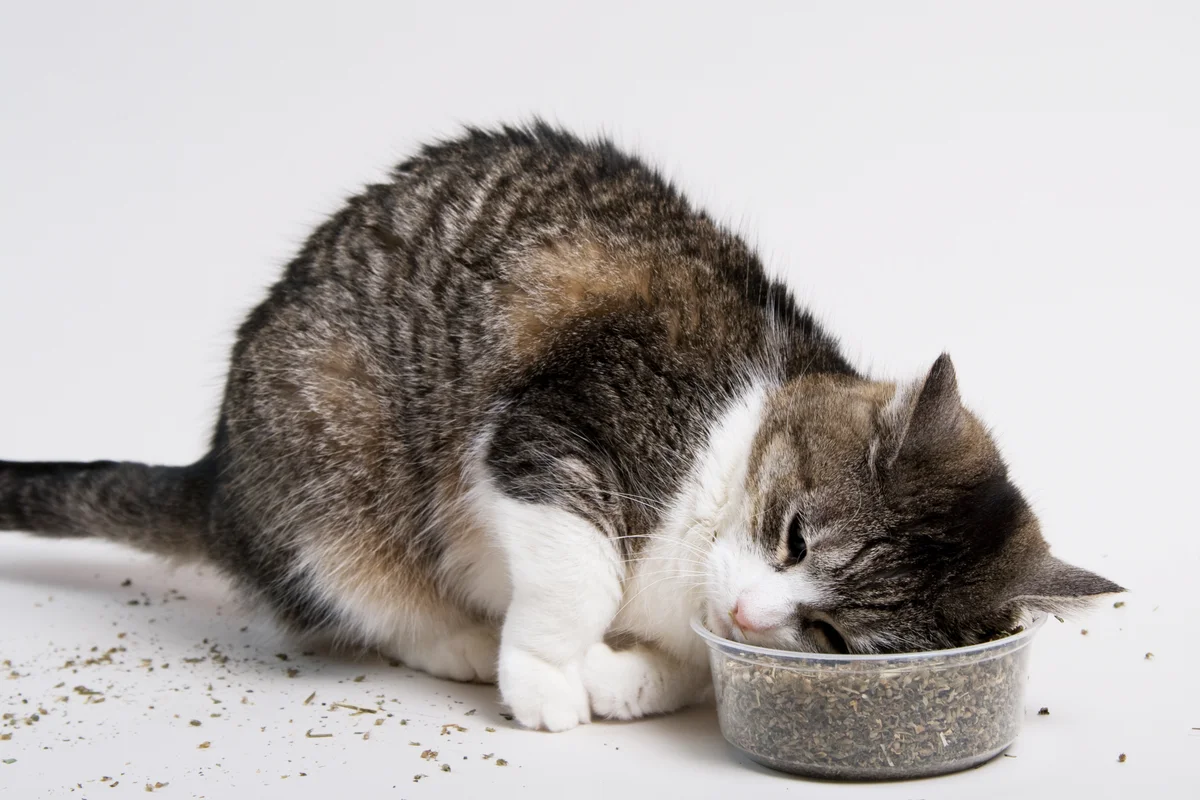

Garden Essentials
What Do Catnip Seeds Look Like
Modified: March 15, 2024
Discover what catnip seeds look like in your garden. Learn how to identify and grow these irresistible plants for your furry feline friends.
(Many of the links in this article redirect to a specific reviewed product. Your purchase of these products through affiliate links helps to generate commission for Storables.com, at no extra cost. Learn more)
Introduction
Welcome to the fascinating world of catnip seeds! If you have ever wondered what catnip seeds look like, you’re in the right place. Catnip is a popular herb known for its strong and distinctive scent that drives some feline friends wild with excitement. But before we dive into the appearance of catnip seeds, let’s first understand what catnip is and why it is so irresistible to our feline companions.
Catnip, also known by its scientific name Nepeta cataria, is a member of the mint family. It is a perennial herb that is native to Europe and is now cultivated in many parts of the world. Catnip contains a compound called nepetalactone, which is responsible for its unique fragrance and the effects it has on cats.
When cats come into contact with catnip, whether by smelling, licking, or ingesting it, they often exhibit behaviors that range from sniffing and rubbing to rolling and jumping. These reactions are a result of the nepetalactone stimulating certain receptors in a cat’s brain. Not all cats are affected by catnip, as sensitivity to its effects is inherited, with about 50-75% of cats being responsive to it.
Now that we have a better understanding of catnip, let’s take a closer look at the plants and seeds that produce this captivating herb.
Key Takeaways:
- Catnip seeds are small, oval-shaped, and dark brown to black in color. They have a smooth texture and are lightweight, making them easy to handle and plant.
- Catnip seeds hold the potential to grow into plants that entice and excite cats. Their unique appearance and characteristics make them a fascinating addition to any garden.
Read more: What Do Garlic Seeds Look Like
What is Catnip?
Catnip, scientifically known as Nepeta cataria, is a perennial herb that belongs to the mint family. It is native to Europe but is now widely cultivated in various regions around the world. The name “catnip” is derived from the fact that cats are highly attracted to this herb, sometimes exhibiting playful and euphoric behavior in its presence.
One of the main reasons why cats are so attracted to catnip is a compound called nepetalactone, which is found in the leaves and stems of the plant. When cats come into contact with catnip, they tend to sniff, rub against, lick, or chew on the plant, which can elicit a range of behavioral responses.
Catnip is not only appealing to domestic cats but also to some of their wild counterparts, including lions, tigers, and leopards. These large felines also display similar behavior when exposed to catnip, demonstrating the universal allure of this herb among the felidae family.
Aside from its effect on cats, catnip has been used for centuries in herbal medicine for its various medicinal properties. It has been traditionally used to alleviate digestive discomfort, reduce fever, calm nerves, and promote relaxation. The essential oil extracted from catnip is also popular in aromatherapy for its soothing and calming effects.
In addition to its therapeutic uses, catnip can also be enjoyed by humans as a mild herbal tea. It has a subtle minty flavor and is often used to aid digestion or promote sleep. However, it is important to note that the effects of catnip on humans are significantly milder compared to its impact on cats.
Now that we are familiar with catnip and its allure, let’s delve into the details of catnip plants and the seeds they produce.
Catnip Plants and Seeds
Catnip plants are easy to cultivate and can be grown both indoors and outdoors. They thrive in well-drained soil and prefer full sun exposure, although they can tolerate some shade. Catnip plants have a bushy appearance, with square-shaped stems and vibrant green leaves. They can grow up to three feet in height, producing clusters of small, trumpet-shaped flowers with subtle shades of white or pale purple.
The flowering period for catnip plants typically occurs during the summer months, attracting bees and other pollinators to their fragrant blossoms. Once the flowers have bloomed and faded, they give way to the formation of seeds. These seeds are tiny and play a crucial role in propagating catnip plants for future growth.
Catnip seeds are where the magic lies. They hold the potential to grow new plants and continue the cycle of catnip’s allure for cats. Understanding the appearance and characteristics of catnip seeds can help in identifying them and ensuring successful cultivation.
Let’s now explore what catnip seeds look like in greater detail.
Appearance of Catnip Seeds
Catnip seeds are small, oval-shaped structures that resemble tiny pebbles. They are typically dark brown or black in color, although variations in shade can occur. The seeds have a smooth outer surface with a slightly shiny or matte finish, depending on the variety.
When freshly harvested, catnip seeds have a plump and firm appearance. As they age, they may develop a slightly wrinkled texture, but this does not affect their viability or germination potential. It’s important to note that catnip seeds are incredibly lightweight and can easily be carried away by the wind, making them dispersers of future growth.
Due to their small size, catnip seeds are often packaged and sold in small containers or seed packets. These containers help protect the seeds from moisture and pests, ensuring their viability until they are ready to be planted.
The size, shape, and color of catnip seeds can vary slightly depending on the specific variety. However, the general appearance remains consistent, making them easily recognizable to experienced gardeners and catnip enthusiasts.
Now that we have discussed the appearance of catnip seeds, let’s move on to the sizing and shaping of these tiny powerhouses.
Size and Shape of Catnip Seeds
Catnip seeds are small and measure approximately 1 to 2 millimeters in length. They have an oval or elliptical shape, resembling miniature footballs. The size and shape of catnip seeds can vary slightly depending on the specific variety and growing conditions.
Despite their small size, catnip seeds are filled with genetic information that allows them to sprout and develop into mature plants. These tiny seeds encapsulate the potential for creating lush patches of catnip that cats adore.
It’s important to handle catnip seeds with care, as their diminutive size can make them difficult to work with. Planting catnip seeds indoors or in controlled environments, such as seed trays or small pots, can help ensure their successful germination and growth.
Now that we have explored the size and shape of catnip seeds, let’s move on to discussing their color and texture.
Catnip seeds are small, oval-shaped, and brown in color. They are similar in size and appearance to sesame seeds. When planting, sow the seeds in well-draining soil and keep them moist until they germinate.
Read more: What Do Alfalfa Seeds Look Like
Color of Catnip Seeds
When it comes to the color of catnip seeds, they typically range from dark brown to black. These earthy tones are characteristic of mature catnip seeds and serve as a visual indicator of their readiness for germination.
The dark coloration of catnip seeds is primarily due to the presence of pigments called tannins, which accumulate as the seeds mature. These tannins not only contribute to the seed’s appearance but also help protect it from potential damage caused by insects and other external factors.
It’s important to note that the color of catnip seeds can vary slightly depending on the specific variety and growing conditions. Some seeds may have a deeper brown hue or display subtle variations in coloration.
When purchasing catnip seeds, it’s advisable to choose those with a uniform and consistent color. This can indicate high-quality seeds that are likely to have a higher germination rate and better overall performance.
Now that we have discussed the color of catnip seeds, let’s move on to explore their texture.
Texture of Catnip Seeds
The texture of catnip seeds is smooth and firm. When touched, they have a slight resistance and may feel slightly hard to the touch. The smooth texture allows the seeds to glide easily when handled or planted.
Catnip seeds have a protective outer covering that helps shield them from external elements and ensure their viability. This outer casing is relatively thin but provides enough protection to keep the seed intact until it is ready to germinate.
While the outer texture of catnip seeds is smooth, the inner texture is denser and contains all the genetic material necessary for plant growth. This genetic material is essential for the seed to develop into a mature catnip plant, producing leaves, stems, and flowers that cats find so irresistible.
It’s important to handle catnip seeds with care to avoid damaging their delicate texture. Excessive pressure or rough handling could potentially harm the seeds and decrease their viability. When planting catnip seeds, it’s advisable to spread them gently and evenly over the planting area to ensure optimal germination and growth.
Now that we have explored the texture of catnip seeds, let’s summarize the common characteristics of these tiny seeds.
Common Characteristics of Catnip Seeds
Catnip seeds share several common characteristics that make them easily identifiable and distinct from other plant seeds. These common traits include:
- Small Size: Catnip seeds are tiny, ranging from 1 to 2 millimeters in length. Their small size allows for easy dispersal and planting.
- Oval or Elliptical Shape: Catnip seeds have an oval or elliptical shape, resembling miniature footballs. This shape allows for optimal germination and growth.
- Dark Brown to Black Color: Catnip seeds typically have a dark brown to black coloration, which indicates their maturity and readiness for planting. The dark color comes from the accumulation of protective tannins.
- Smooth Texture: Catnip seeds have a smooth and firm texture. This allows for easy handling and planting, while also providing protection for the genetic material inside.
- Lightweight: Catnip seeds are incredibly lightweight, making them easily dispersible by wind. This characteristic helps in the natural propagation and spread of catnip plants.
Understanding these common characteristics can assist gardeners and catnip enthusiasts in identifying and working with catnip seeds effectively. By recognizing these traits, you can ensure proper handling, planting, and care for these tiny powerhouses.
Now that we have explored the common characteristics of catnip seeds, let’s wrap up our discussion on these fascinating seeds.
Conclusion
Catnip seeds may be small in size, but they hold incredible potential. From their distinct appearance to their alluring fragrance, catnip seeds captivate the curiosity of both gardeners and feline friends alike. Understanding the characteristics of catnip seeds allows us to better appreciate and cultivate this fascinating herb.
We have learned that catnip seeds are small, oval-shaped structures that are dark brown to black in color. Their smooth texture and firmness make them resilient and easy to handle. These seeds carry the genetic information necessary for growing catnip plants that entice and excite cats.
Catnip plants, with their vibrant green leaves and clusters of delicate flowers, produce these precious seeds. Their cultivation can be a rewarding experience for both gardeners and cat owners, as they provide a source of joy and entertainment for our feline companions.
Whether you choose to grow catnip for its medicinal properties, its aromatic presence in the garden, or simply to delight your furry friends, the journey begins with the tiny yet powerful catnip seeds.
So, the next time you come across catnip seeds, take a moment to appreciate their unique appearance and potential. Handle them with care as you plant and nurture them, knowing that you are setting the stage for a garden filled with catnip’s mesmerizing aroma and the playful antics of your beloved cats.
Happy gardening and may your catnip plants thrive!
Frequently Asked Questions about What Do Catnip Seeds Look Like
Was this page helpful?
At Storables.com, we guarantee accurate and reliable information. Our content, validated by Expert Board Contributors, is crafted following stringent Editorial Policies. We're committed to providing you with well-researched, expert-backed insights for all your informational needs.
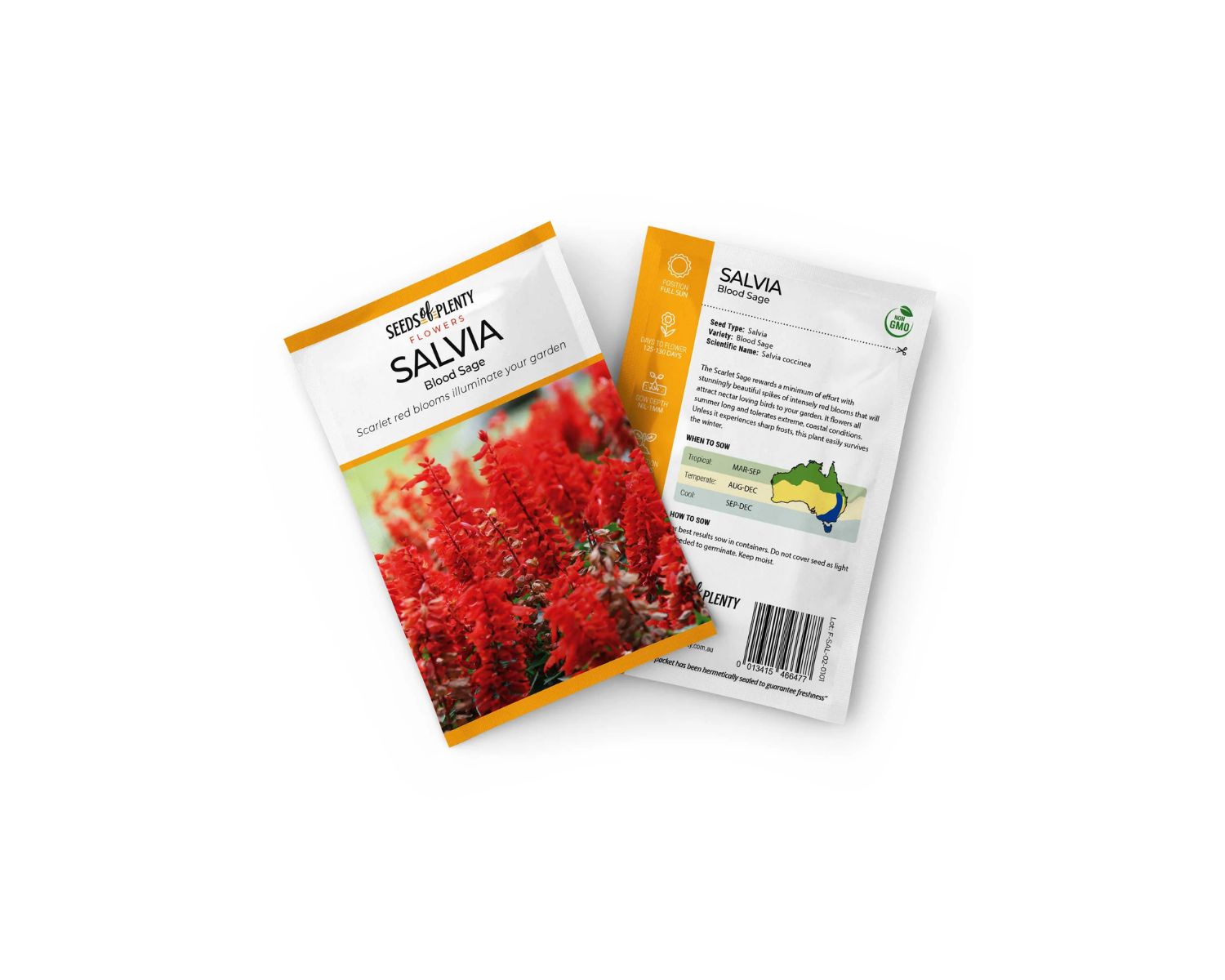
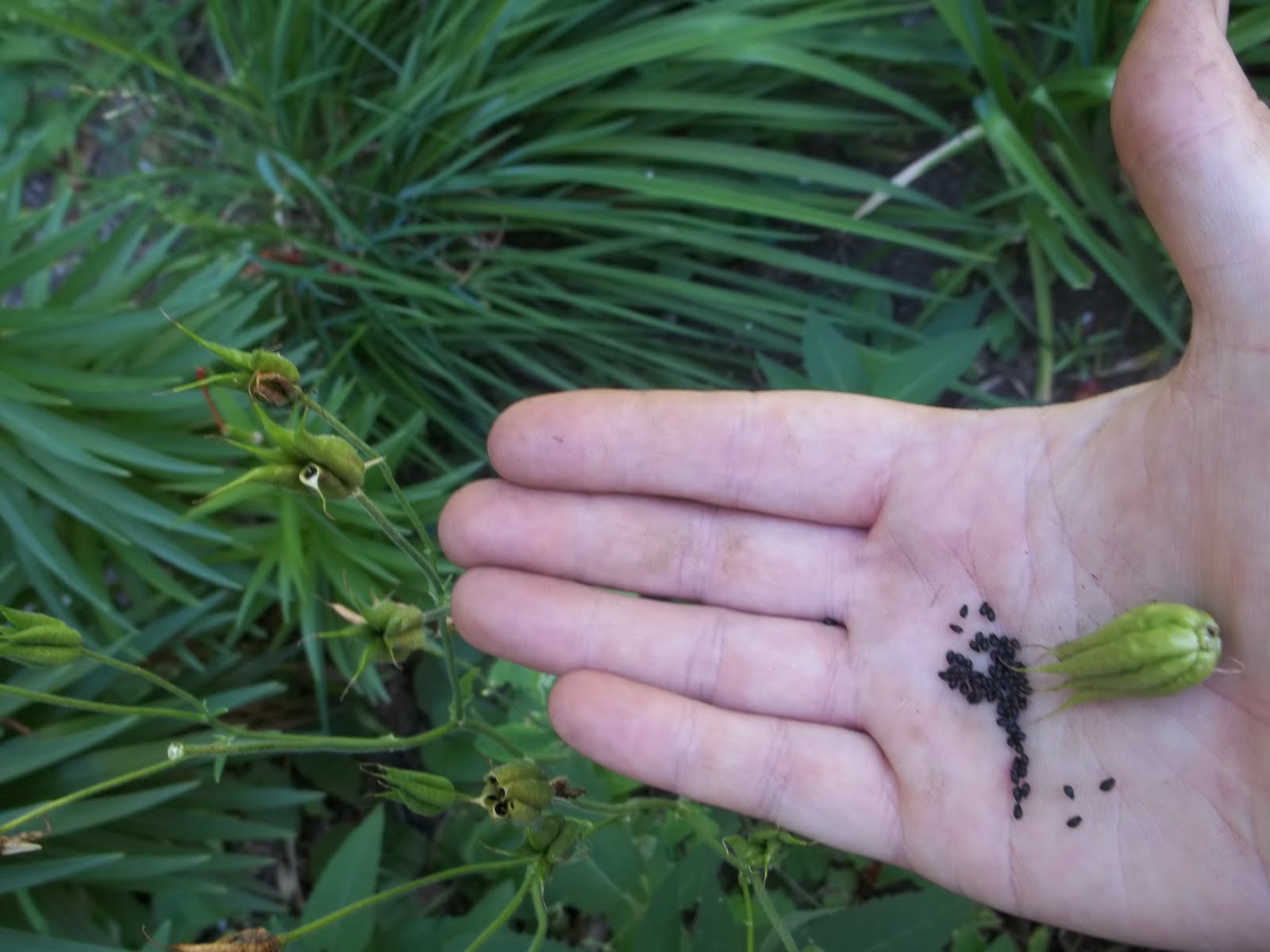
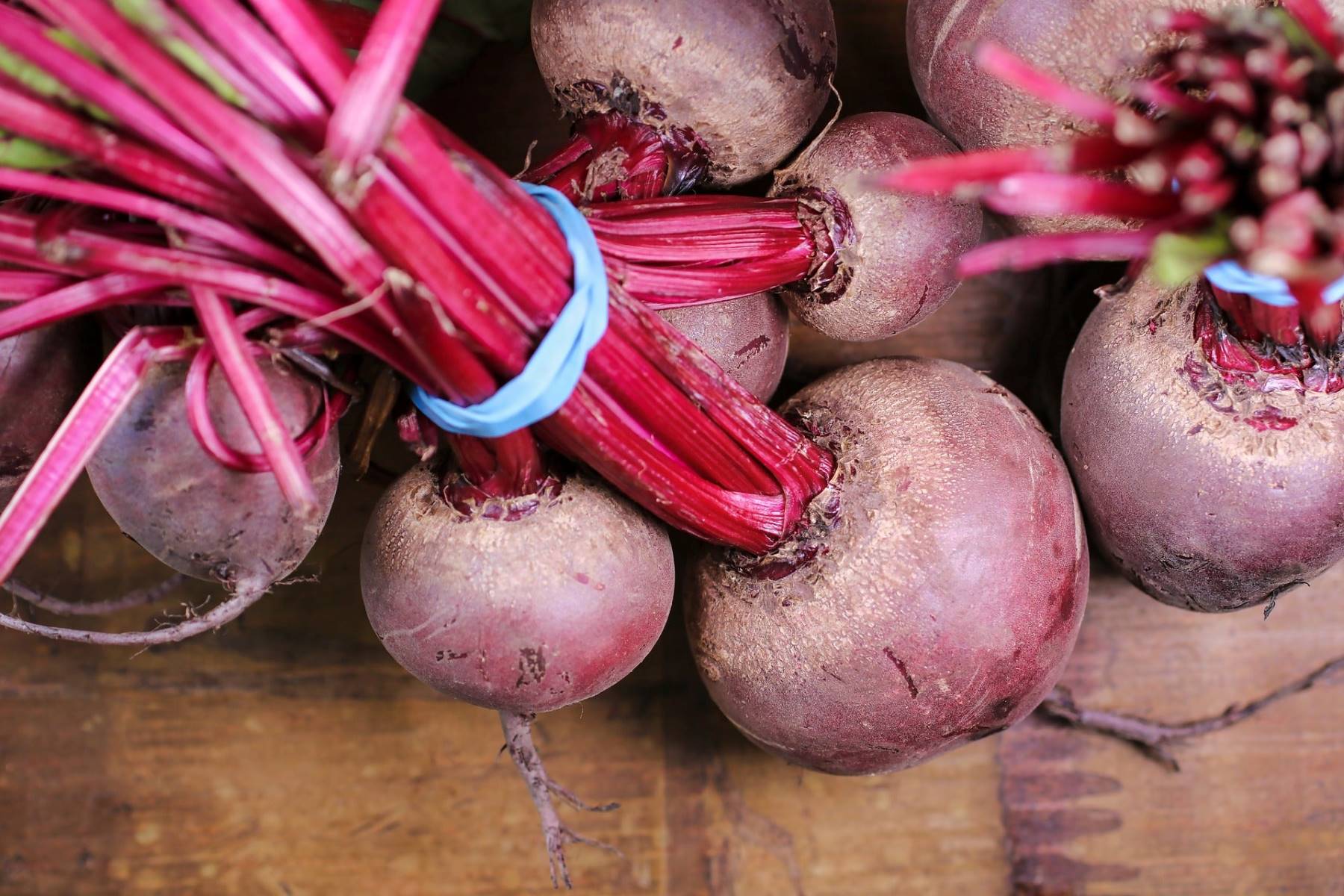
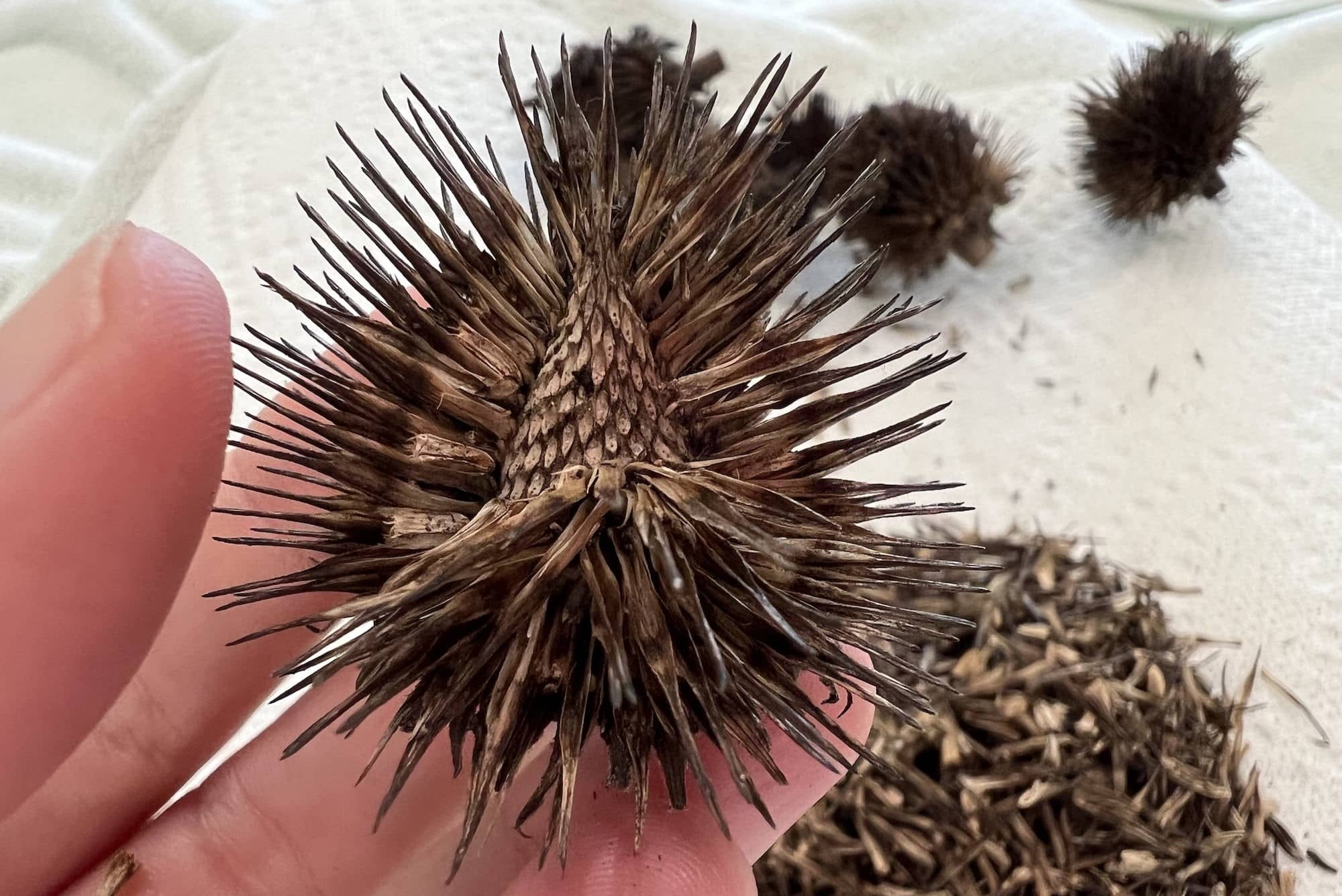
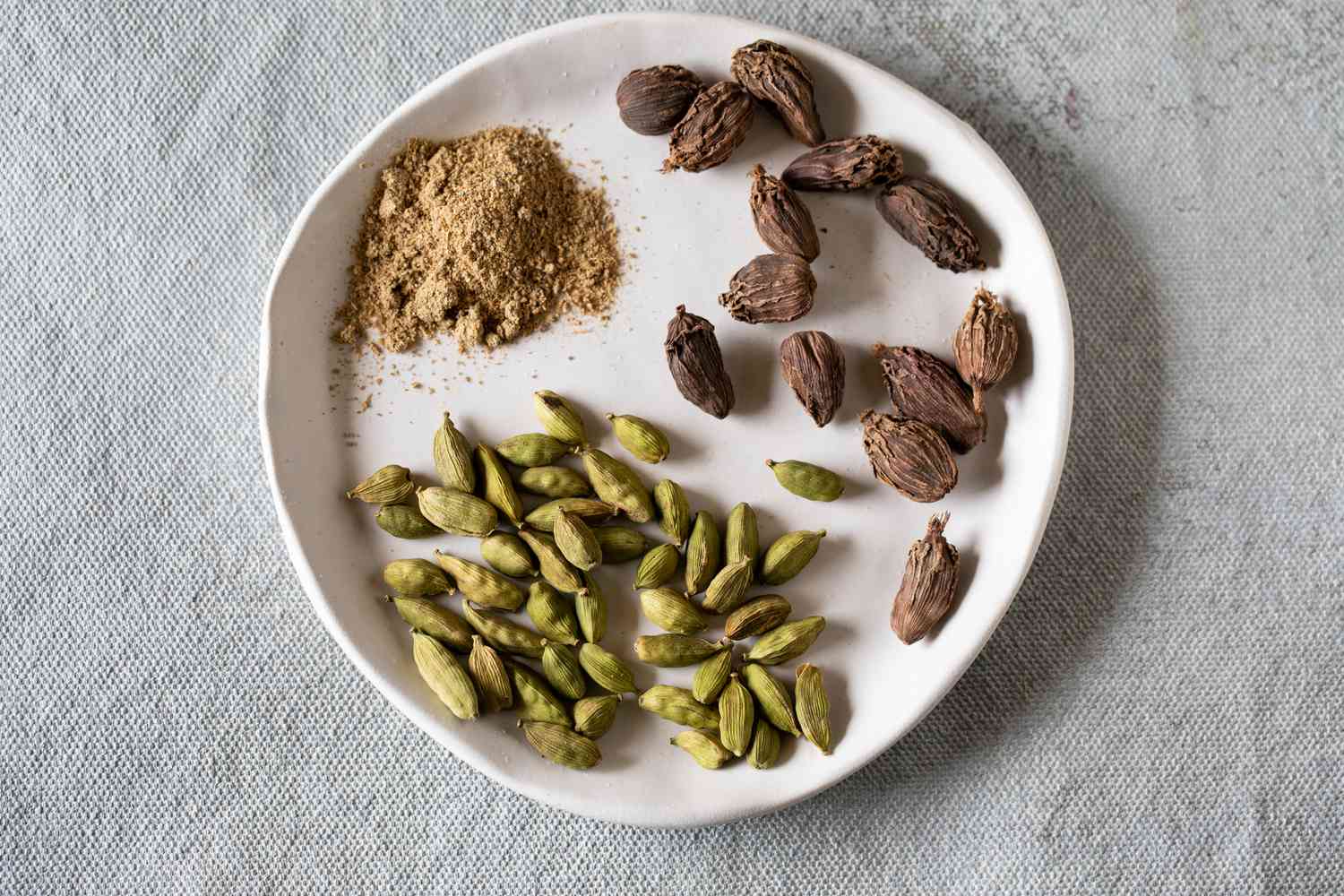
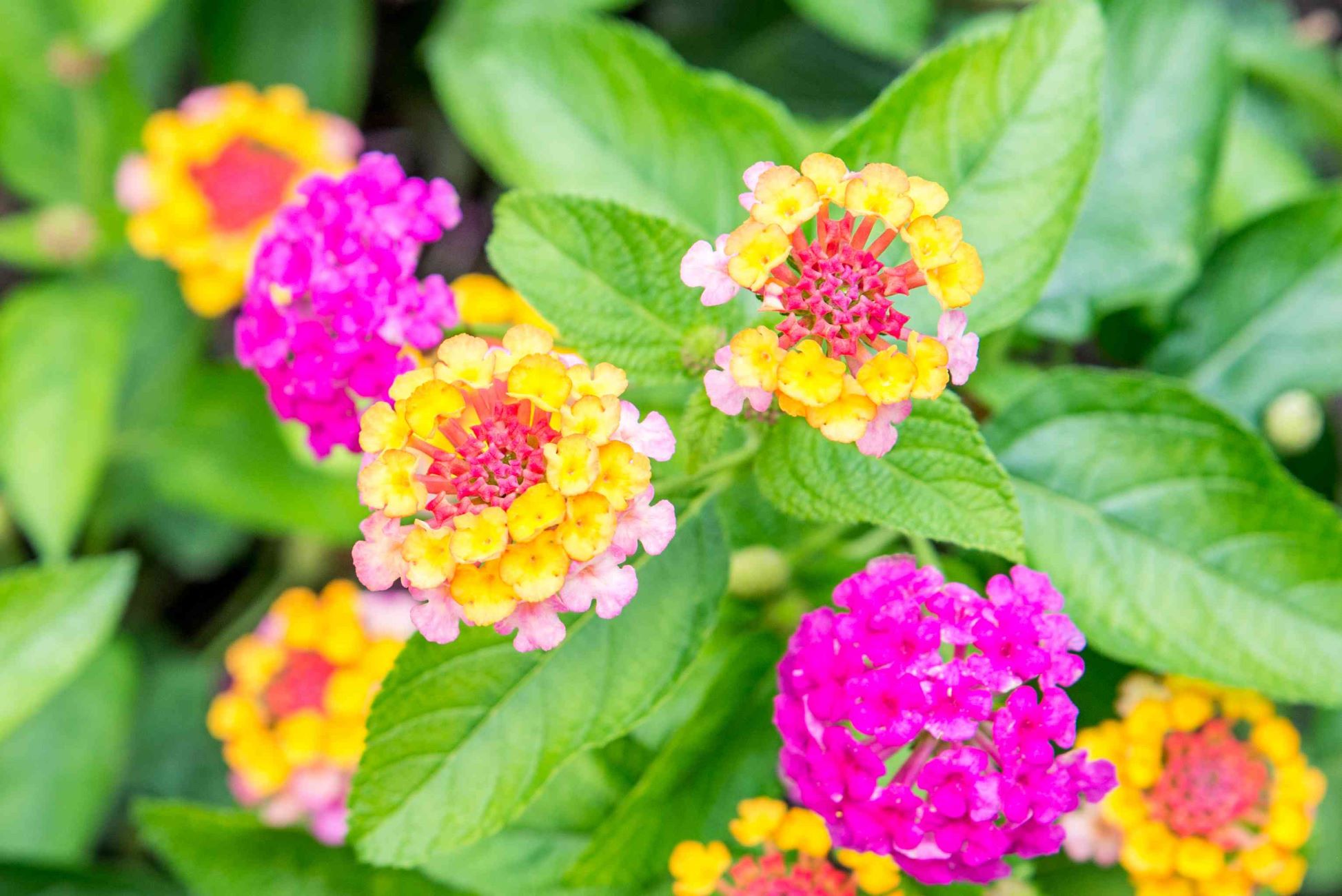
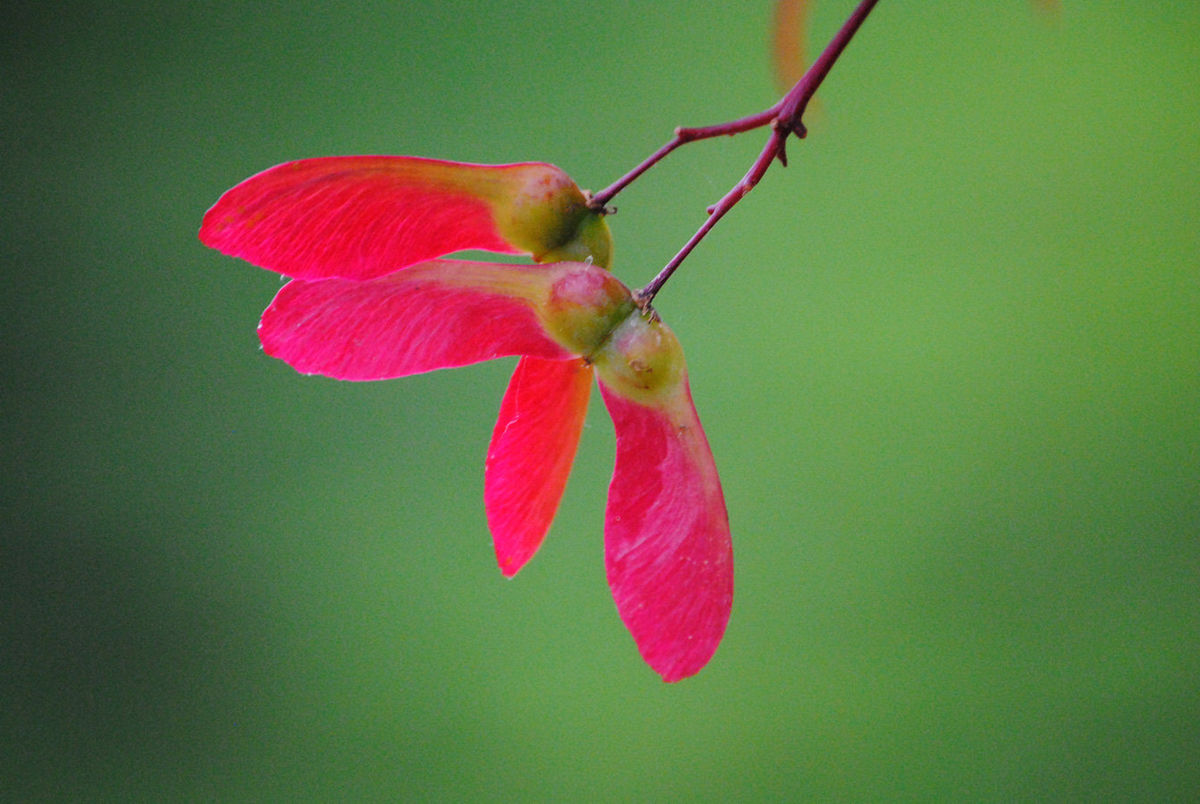
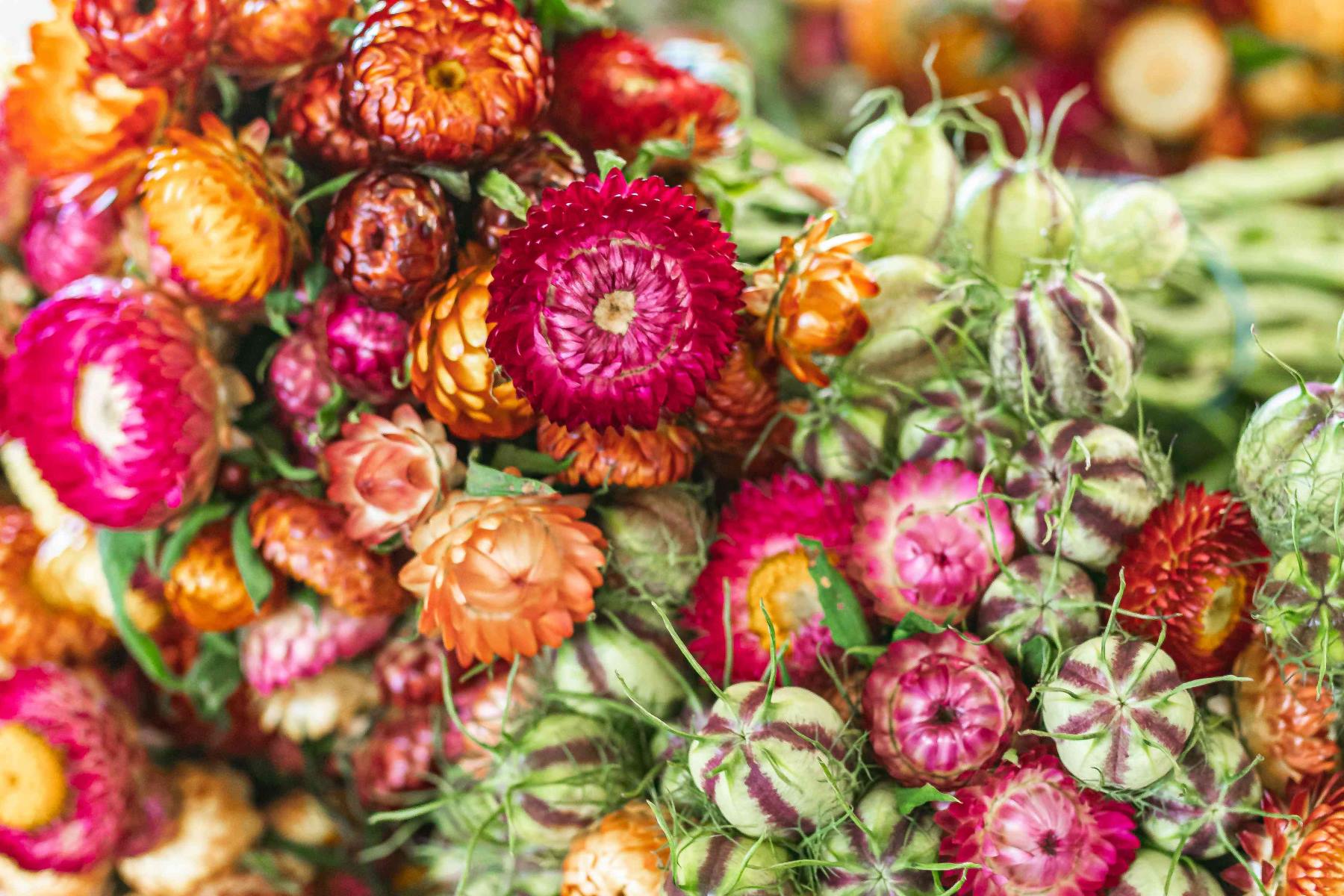
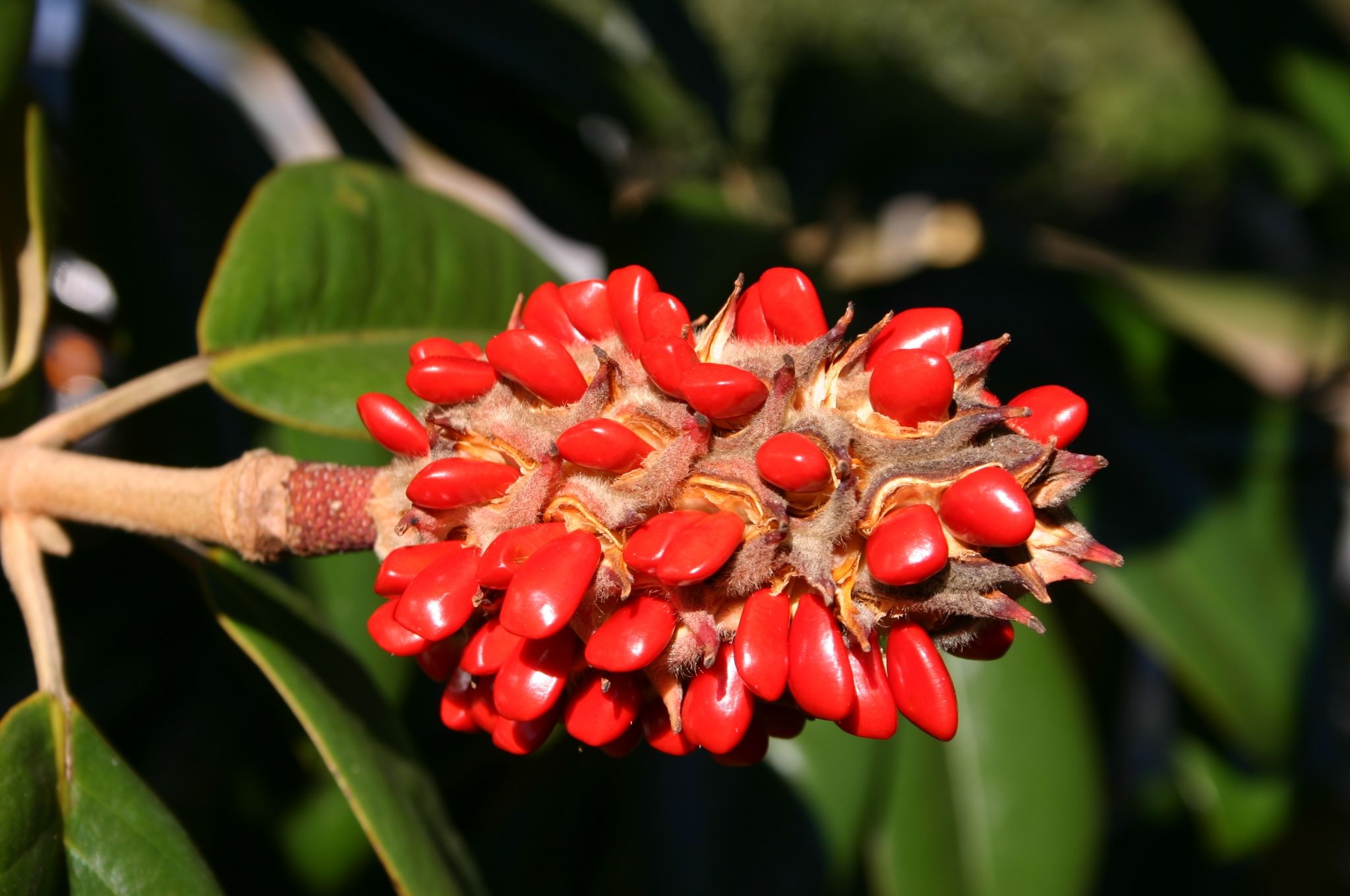
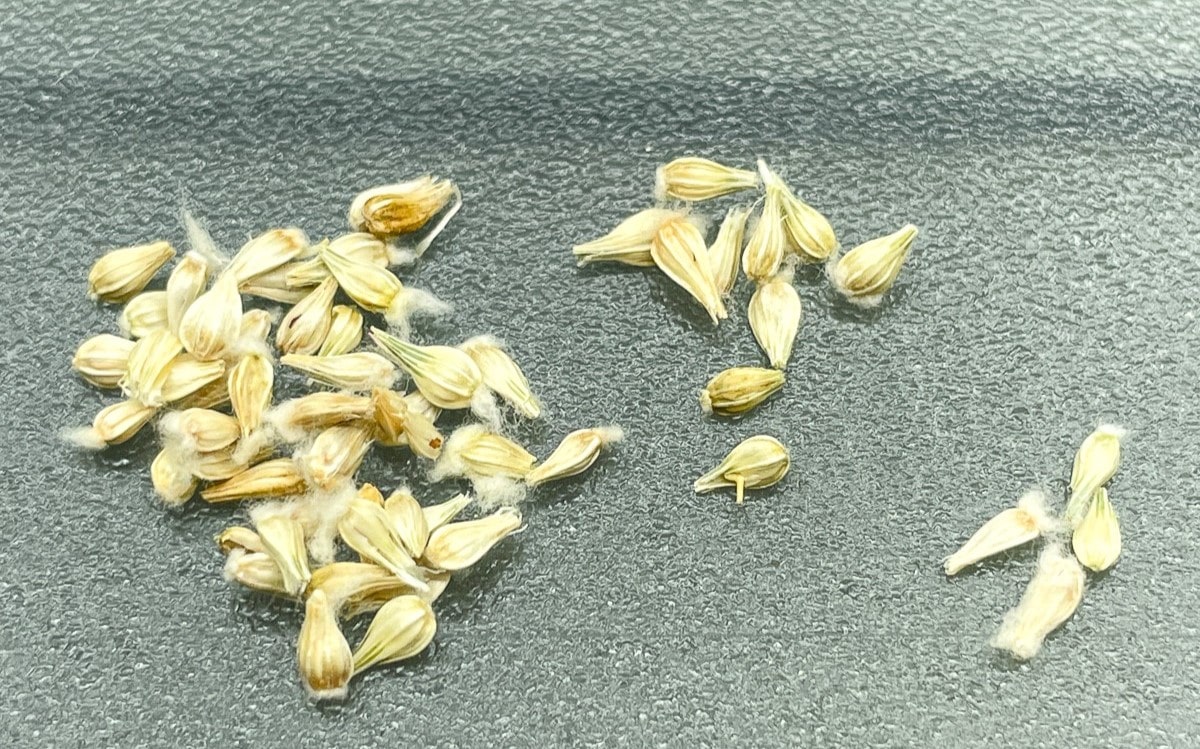
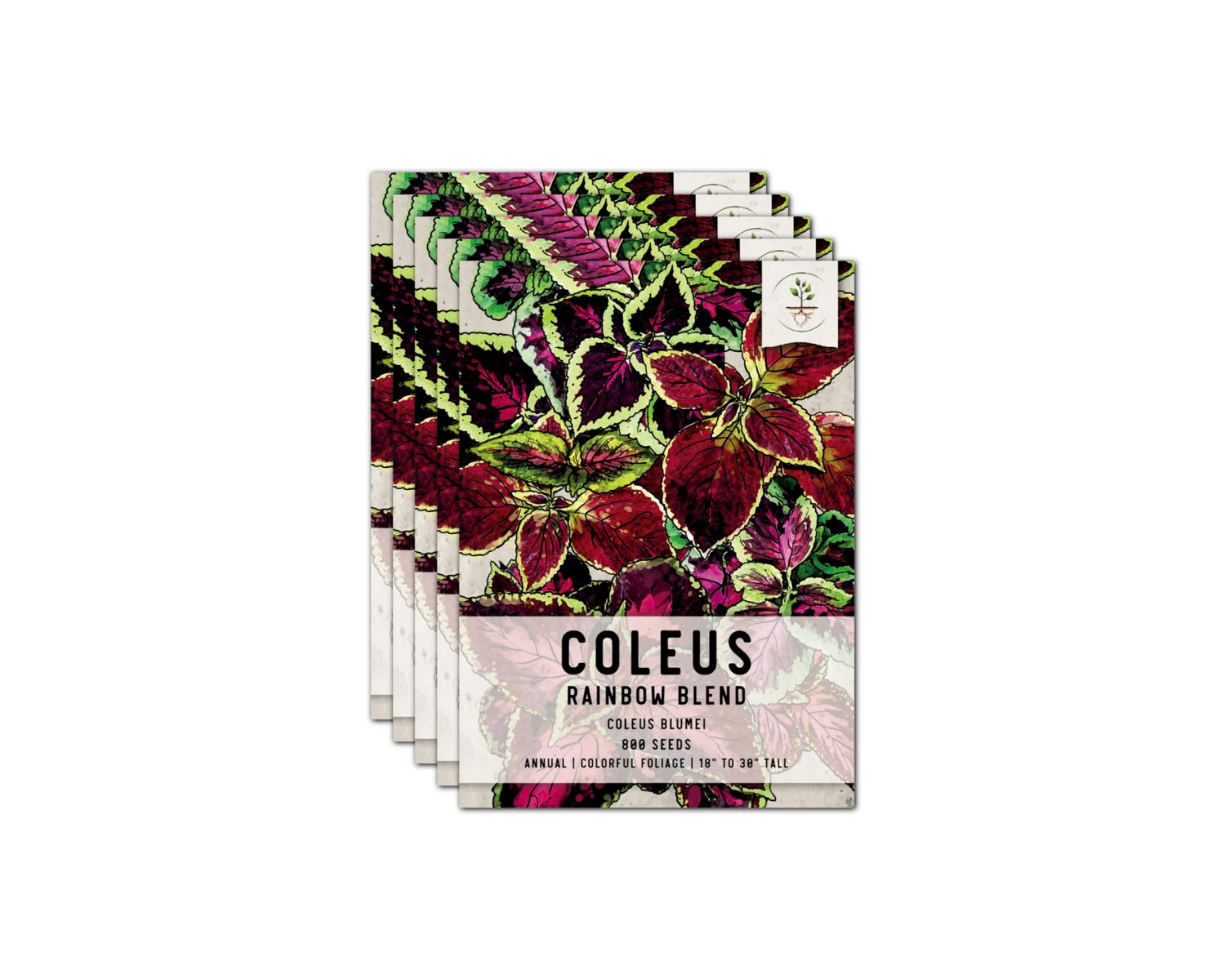
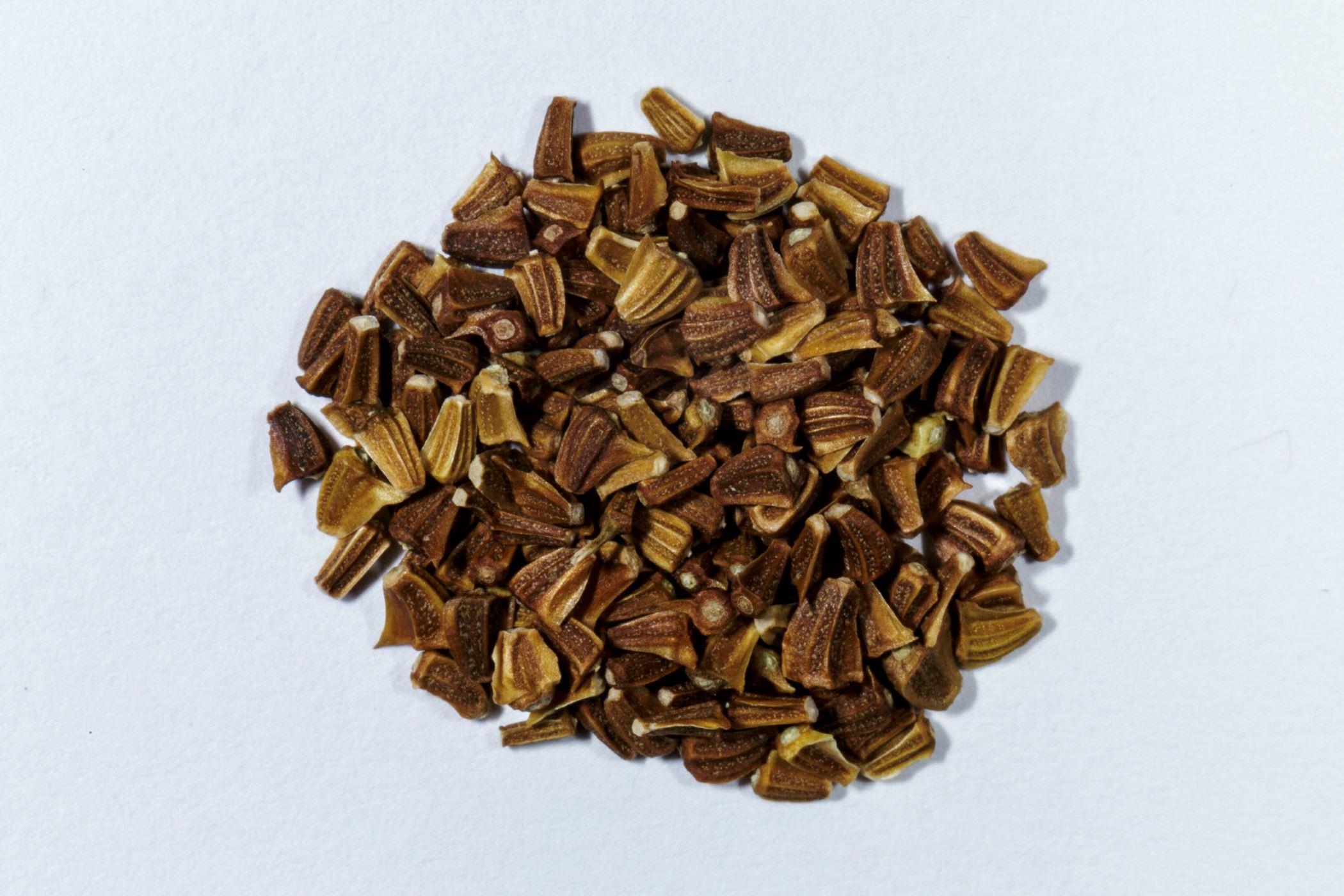
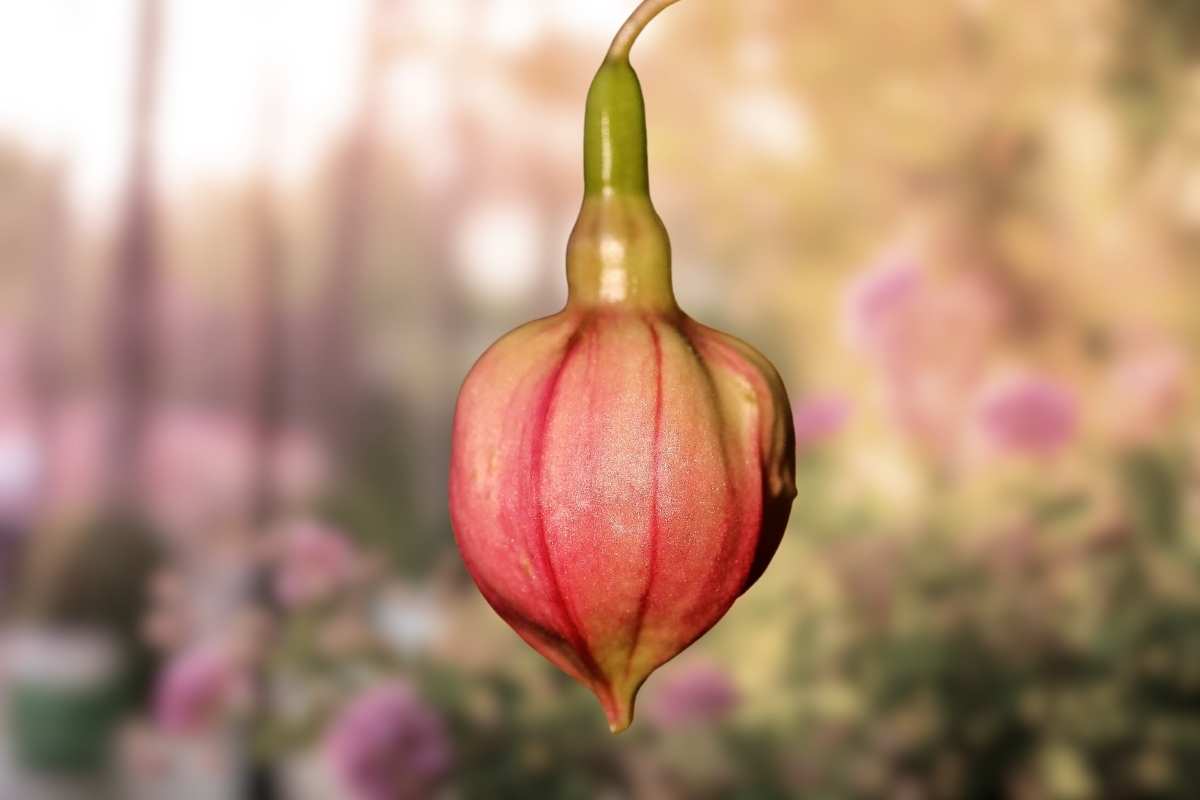
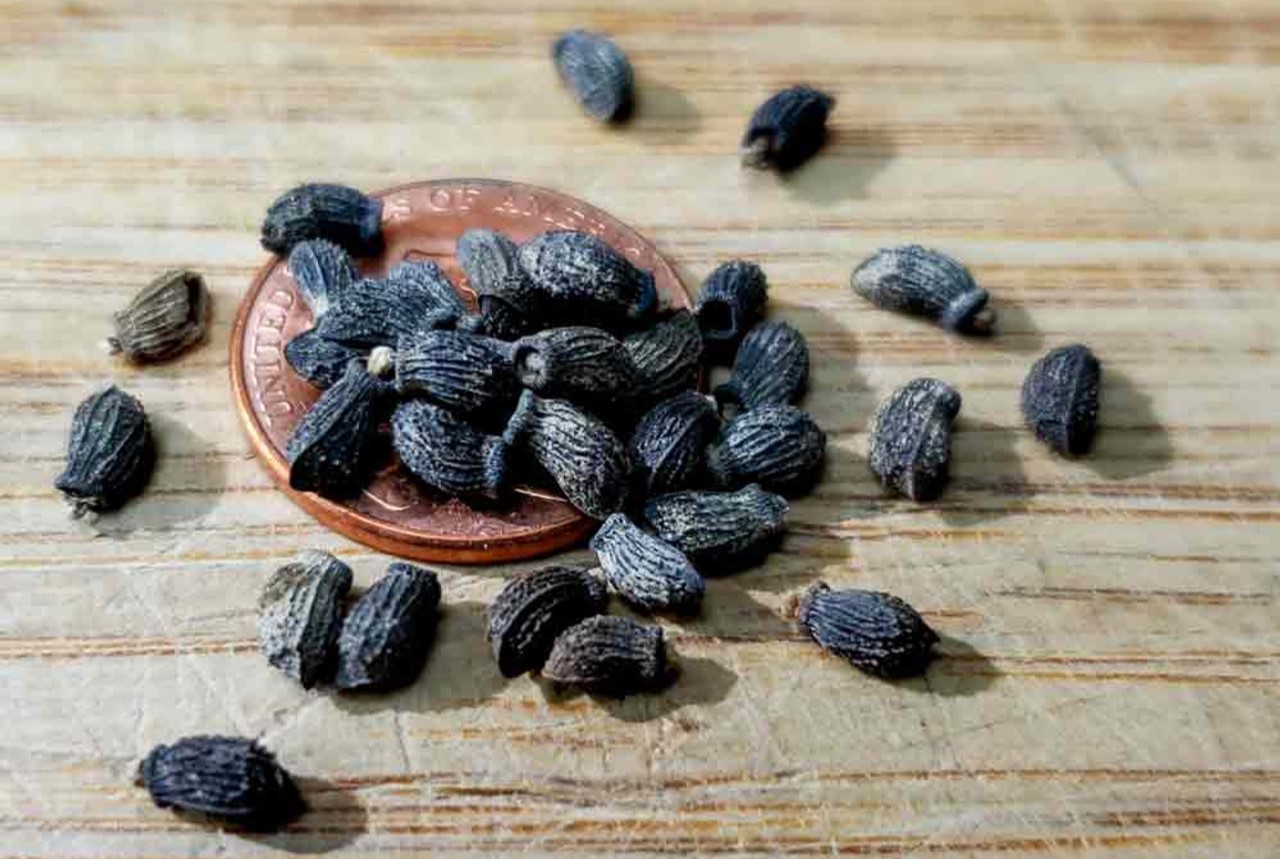

0 thoughts on “What Do Catnip Seeds Look Like”